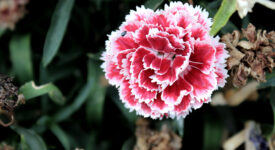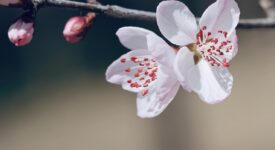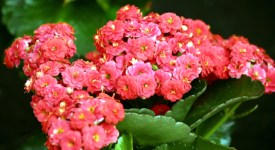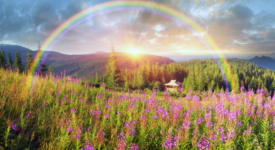Freesias are a wonderful type of flower. These lovely, fragrant blooms can brighten up any garden and are generally easy to grow. If you’re interested in growing some, keep reading my post and I’ll give you tips on how to get started!
Have you ever seen a freesia? They’re beautiful, aren’t they? This genus of flowers is native to Africa, and there are over 100 species. Freesias come in all sorts of colors, from white to pink to purple, and they make a great addition to any garden. If you’re looking for something that’s easy to grow and doesn’t take up a lot of space, then freesias are the flower for you!
What Is a Fresia?
Freesia is a species of herbaceous perennial blooming plants in the family Iridaceae, first described as a genus in 1866 by Christian Friedrich Ecklon (1886) and named after the German botanist and medical practitioner Friedrich Freese (1795-1876). Freesia is a perennial plant native to southern Africa, ranging from Kenya south to South Africa. The majority of species are found in the Cape Provinces. Anomatheca, formerly a genus, has been subsumed into Freesia. The fragrant funnel-shaped blooms of plants known as “freesias,” which are the result of cross-breeding several Fréesia species, are common. Other species are also grown for their ornamental value.
Plants in this family have a conical corm 1–2.5cm in diameter, which produces a tuft of tiny leaves 10–30cm long and a sparsely branched stem 10–40cm tall with several leaves and a loose one-sided spike of flowers with six tepals. Many species have fragrant, narrowly funnel-shaped flowers, but those formerly classified in the genus Anomatheca, such as F. laxa, have flat blooms.
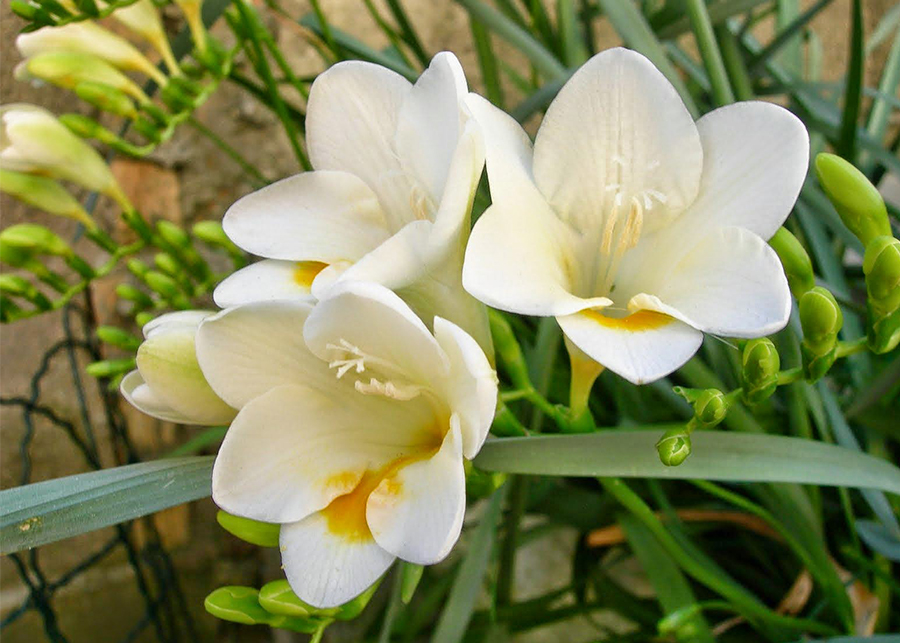
Cultivation and Usage of Freesias:
In the nineteenth century, various crosses were created between Freesia refracta and Freesia leichtlinii to produce plants known as “freesias” in horticulture and “freeasies” in floristry. The species of Freesia corymbosa have generated a large number of cultivars, including those with white and pink blooms. Tetraploid cultivars come in a wide variety of colors, including white, yellow, pink, red and blue-mauve. They are mostly grown commercially in the Netherlands by about 80 growers.
They may be readily increased from seed, and their distinct and pleasant fragrance makes them popular in hand lotions, shampoos, candles, and other products. The blooms are usually included in wedding bouquets because of their lovely scent. Freesia is used to add a touch of fragrance to various items. It can be found in soaps, lotions, and perfumes. In addition, it is used in potpourris, sachets, and as a room deodorizer. Some people also believe that the scent of freesia helps to improve concentration and memory.
The species of the genus Freesia are also commonly grown. It has slightly smaller flowers than scented freesia cultivars, which have flat rather than cup-shaped blooms.
Freesias: Natives of Africa Result
Freesia is involved in various health products. The plant’s essential oil is used in aromatherapy and sometimes for massage therapy. It can also be used to help cure fatigue. Aromatherapists have discovered that freesia helps to improve a person’s concentration and memory. Since the flowers have a nice fragrance, they are often included in wedding bouquets. They may continue blooming for about two months without needing to re-cut them. This flower is also used as potpourri, drying well and providing a pretty, spring-like scent in your home during the colder months of the year.
F.A.Q
Where do freesias grow naturally?
The name is most appropriate as this charming flower thrives best when planted in a garden where it can set its own pace for flowering. Thriving in poor soil, rain or dry conditions, the most challenging part might be deciding which kind of freesias to grow.
What does freesia symbolize?
Freesias are fragrant flowers that communicate different messages in different languages. In China, freesias symbolize cheerfulness, and in Southeast Asia, they are a sign of gratitude. They also symbolize friendship in numerous countries across the world … The widespread appeal of the flower can come as no surprise to anyone who has ever combed through a flower arrangement with a dictionary in hand (or on phone).



